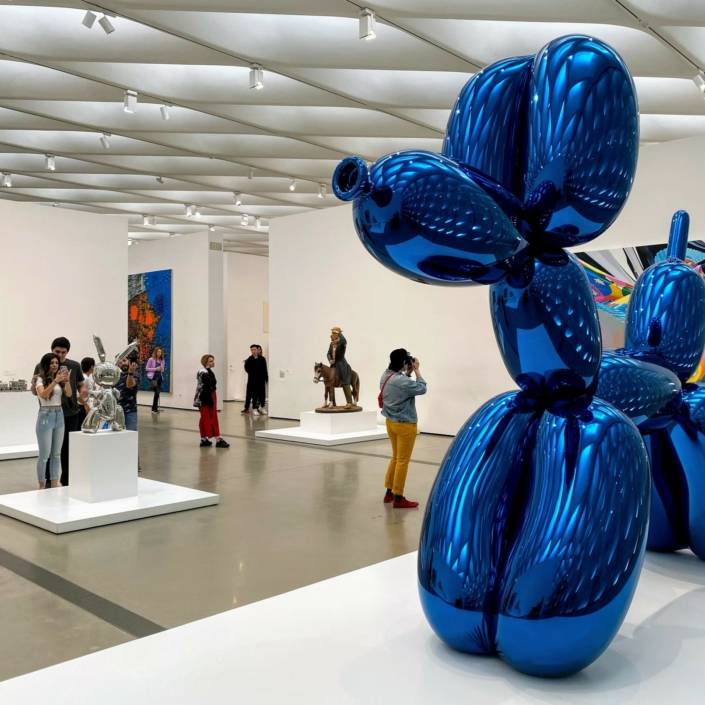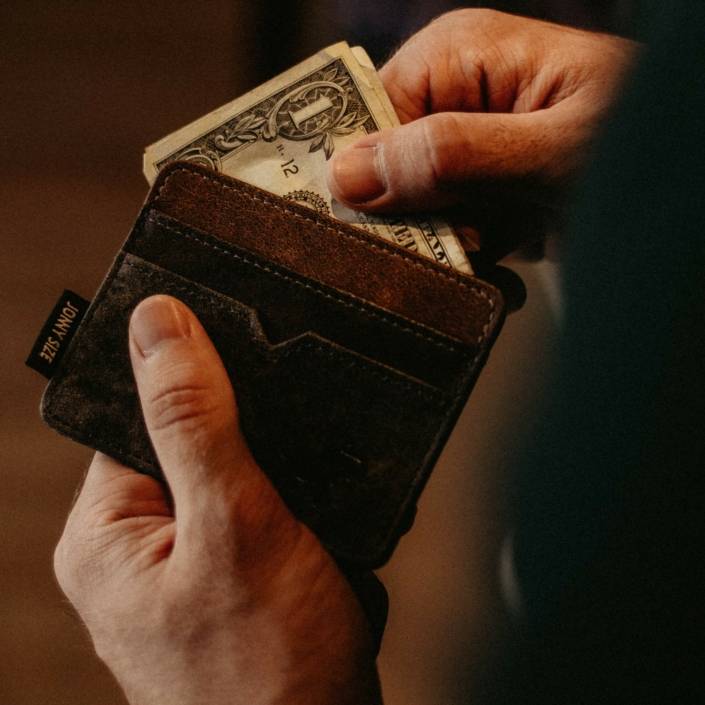Money Sullies Art: Gambler’s Logic
How can collectors distinguish the meaningful art prize wins from the blue ribbons in country halls?
Words: Jane O’Sullivan
For collectors, art prizes might seem like a double win: they support deserving artists, and they offer one of the few transparent measures of an artist’s success. But they play a complicated role in the art world economy and their real meaning, for both artists and collectors, is not always so clear.
One reason is that there are now so many of them: 270 according to the National Association for the Visual Arts. So how can collectors parse the meaningful wins from the blue ribbons in country halls? Perhaps the first thing to do is consider what prizes mean for the people who enter them. NAVA’s executive director Esther Anatolitis explains the gold standard: “At best, art prizes offer a rigorous platform for artists to test ideas and have their work critiqued and assessed by leading peers in a competitive environment.”
This peer assessment process is vital. As Michael Zavros, a past winner of the Bulgari Art Award and the Doug Moran Portrait Prize, has said in the past: “Prizes where the work is considered by a curator or guest judge for pre-selection before the final means that a) someone has actually seen it and b) thought it worthy or interesting.”
This means that, even if they don’t win, artists can gain useful feedback and new contacts, like curators or dealers. (Lucas Davidson gained representation with Sydney’s Dominik Mersch Gallery shortly after winning the gallery’s award for art school students in 2011.) Of course, if they do win, the boost to an artist’s practice can be huge: the freedom of extra income, inclusion in a finalist exhibition in a respected venue, funded travel or study opportunities, or even the acquisition of the artist’s work for a state or national collection.
The impact of a prize on an artist’s future earnings also comes back to this idea of expert judgment. For this reason, some collectors like to buy from award exhibitions. (As Zavros has put it, “art prizes are excellent provenance creators”.) Anecdotally, major prize wins can also create more demand for an artist’s work by suggesting that the artist’s critical reputation (and asking price) is on the rise.
Collectors can assess the expertise of the judge or panel, the scope and mandate of the prize, the general credibility of the organiser, and the list of past winners. But the credibility and significance of an art prize also depends on what happens behind the scenes. Collectors may not always be able to see what goes on, or what influence this might have on a prize’s reputation within the artist community.
For events that purportedly celebrate artists, it’s upsetting to learn that some treat artists very poorly. As Anatolitis explains: “At worst, prizes shift the costs and the burden for an exhibition entirely onto artists, with little to no benefit in return, in effect exploiting artists for the works and the costs of an exhibition.”
Some have tried to make the award process fairer for artists. Chris McAuliffe has spoken about how finalists in the Basil Sellers Art Prize, which concluded in 2016, were all given a flat $3,000 fee. This gesture helped cover the costs of making the work, transporting it, and also flights and accommodation for the artist to attend the exhibition install and opening.
One reason the art world has so many prizes is the media they can generate. This does more than just increase the profile of the winner (or prize organiser, or corporate sponsor). The mainstream coverage around awards like the NATSIAAs and the Archibald also helps grow the art world by bringing art to new audiences. Yet with so many prizes now crowding the art calendar, there is pressure to differentiate.
Earlier this year, Gosford Regional Gallery announced that the next Gosford Art Prize will not have finalists. Instead, staff will curate the award exhibition from the entire pool of entries, giving them greater freedom to highlight themes, trends or new talent as they see it.
NAVA provides its members with advice and a checklist to help them assess whether a prize is suitable for them. Collectors can go through a similar research process if they want to ensure a prize is fairly run.
But for collectors looking at an artist’s CV, perhaps the most important thing to remember is that some artists simply don’t want to compete in prizes, or don’t feel their work is well served by these sorts of exhibition environments. Winner and finalist achievements (or the lack of them) can never tell the whole story.
Article originally published in Art Collector issue 84, APR-JUN, 2018.











